Ladakh, nestled high in the Indian Himalayas, is home to a cultural legacy as vast and resilient as its mountainous landscapes. Beyond the breathtaking views, Ladakh’s remote villages offer visitors a rare opportunity to experience and support a thriving artisan culture. This cultural trek invites travelers to discover centuries-old crafts, connect with Ladakh’s high-altitude artisans, and contribute to a sustainable tourism movement that uplifts local communities.
Introduction to Ladakh’s High-Altitude Artisanal Heritage
Discovering the Unique Craft Culture of Ladakh
Ladakh is a land of contrasts: stark mountains, rich Buddhist traditions, and isolated villages that preserve ancient handicrafts. Among these, traditional Ladakhi handicrafts like pashmina weaving and Buddhist-inspired art reflect the area’s unique heritage and the resilience of its people. The cultural trek to Ladakh’s artisan villages is more than a scenic journey—it’s a chance to immerse oneself in local customs, craft traditions, and the cultural richness that has defined Ladakh for generations.
Why Trekking to Remote Craft Villages is an Unforgettable Experience
Trekking to Ladakh’s remote art villages is an experience like no other. Not only does it offer stunning views of the Himalayas, but it also provides an intimate look at local craftsmanship and Ladakh’s heritage. By visiting these high-altitude communities, travelers witness artisans creating intricate works by hand, preserving methods passed down through generations. Every piece of art tells a story, embodying the values, spirituality, and endurance of the people of Ladakh.
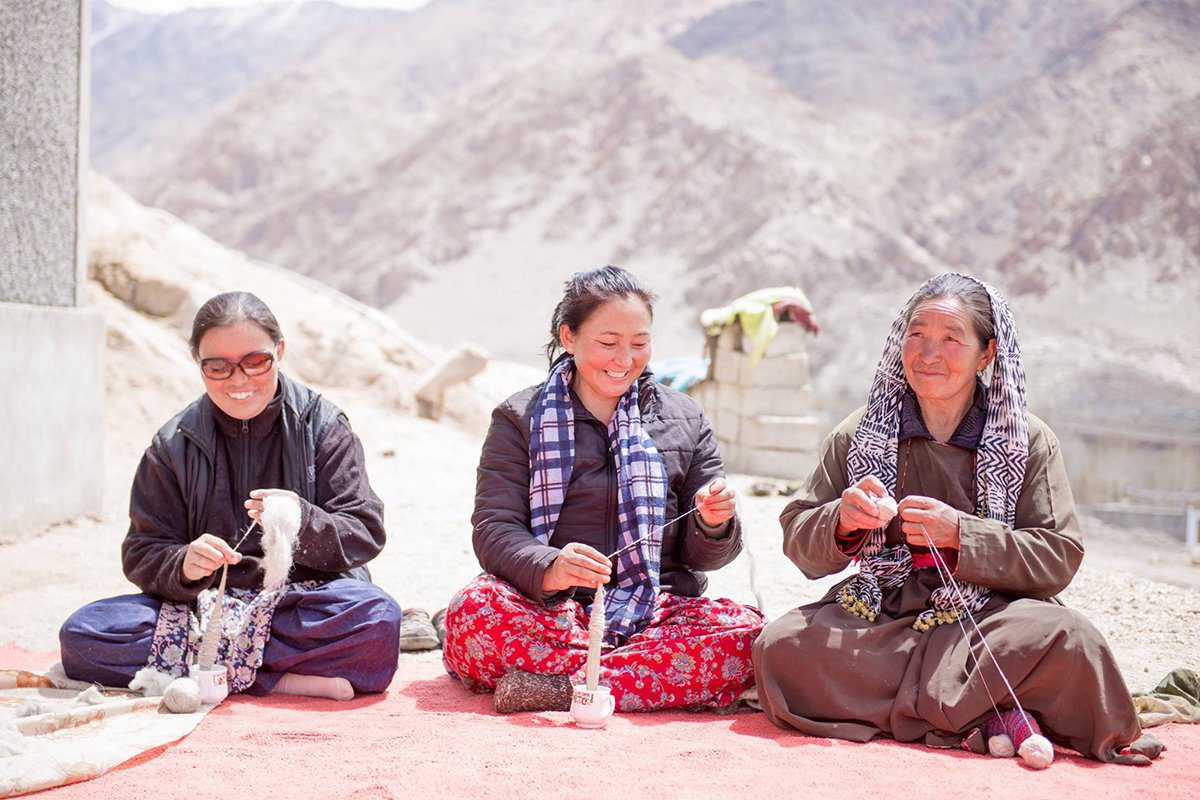
Journey Through Ladakh’s Artisan Villages
Exploring the Remote Art Villages of Ladakh
Each village in Ladakh has its own unique craft tradition. From pashmina shawls to Buddhist art, the high-altitude regions of Ladakh house a vibrant yet fragile artisan culture. Among these villages, Leh and Chilling are renowned for their distinct crafts. Leh is known for handwoven textiles, while Chilling is celebrated for its metalwork and copper crafts. The village of Kargil offers intricate wood carving, and Changthang is home to the famed Changpa weavers.
| Village | Main Craft | Notable Artisans |
|---|---|---|
| Leh | Handwoven textiles | Traditional textile weavers |
| Chilling | Metalwork and copper crafts | Local blacksmiths and artisans |
| Changthang | Pashmina weaving | Changpa tribe weavers |
| Kargil | Wood carving | Expert woodcarvers |
Traditional Crafts Found in High-Altitude Ladakhi Villages
Ladakhi crafts are distinct and rooted in the local way of life. Pashmina wool, for example, is carefully harvested from goats reared in Changthang, woven into luxurious, warm shawls that are treasured worldwide. Other unique Ladakhi crafts include Buddhist-inspired thangka paintings, pottery, and metalwork. These crafts not only showcase the skill of Ladakhi artisans but also symbolize the harmony between Ladakhi people and their rugged environment.
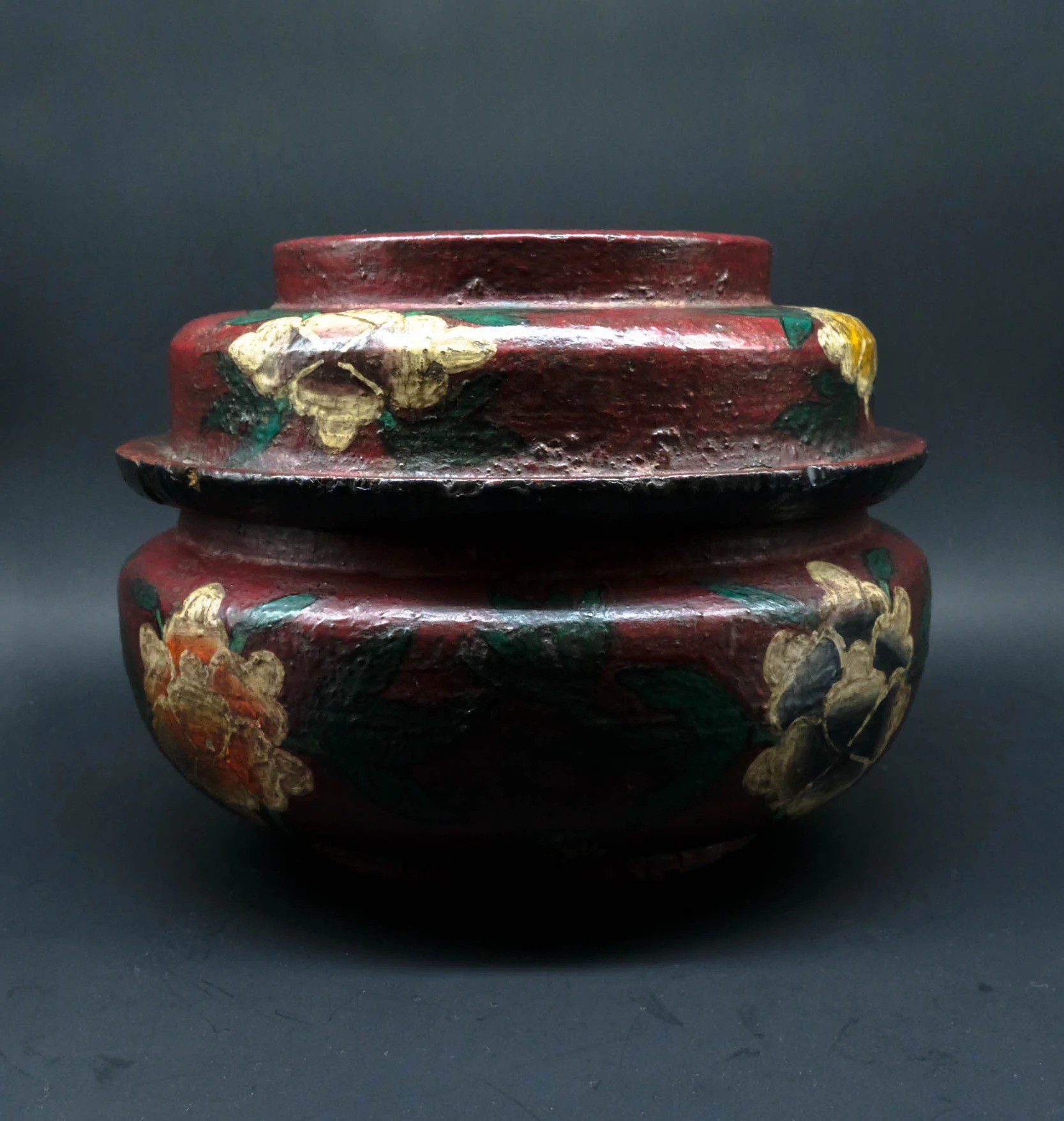
Meeting the Artisans: An Insight into Ladakh’s Cultural Craftsmanship
Ladakhi Weaving and the Changpa Tribe
The Changpa tribe, nomadic herders in Ladakh, are among the most skilled artisans in the region, famous for their pashmina weaving. The tribe’s delicate, soft shawls are globally admired for their quality, warmth, and beauty.
“Witnessing the Changpa women weaving was truly inspiring. Their dedication and skill were evident in every piece. I came back home with a shawl that feels like it has a story woven into it.” – Emma Larson, Teacher, Sweden
Pottery and Metal Crafts in High-Altitude Villages
Ladakh’s traditional pottery and metalwork are also notable. Villages like Chilling have produced skilled metalworkers who craft exquisite pieces from copper, brass, and silver. These artisans use time-honored methods, often creating items with both functional and spiritual significance. The copper jugs and teapots crafted here are staples in Ladakhi households, embodying both practicality and artistry.
“The metalworkers in Chilling crafted such intricate copperware. It’s amazing how they maintain this ancient art. I now have a copper teapot that is a true Ladakhi masterpiece.” – James Turner, Graphic Designer, Canada
Cultural Significance of Trekking Routes to Ladakh’s Artisan Villages
Sustainable Tourism and Cultural Preservation in Ladakh
Supporting Ladakh’s remote villages by trekking to them directly benefits local artisans. Sustainable tourism helps these artisans continue their craft by creating an income stream that honors their skills and traditions. This practice of responsible travel is essential for preserving Ladakh’s rich cultural heritage.
“Knowing that my journey was supporting local artisans made my trip all the more meaningful. It’s rewarding to be part of a travel experience that values and preserves culture.” – Anna Reid, Travel Blogger, Australia
Popular Cultural Trekking Routes for Art Lovers
For travelers interested in Ladakh’s artisan villages, some trekking routes offer cultural immersion experiences. Popular routes include trails through Leh, Chilling, and Changthang. These treks allow visitors to witness the artistry in each village, experience artisan-led workshops, and connect directly with local communities.
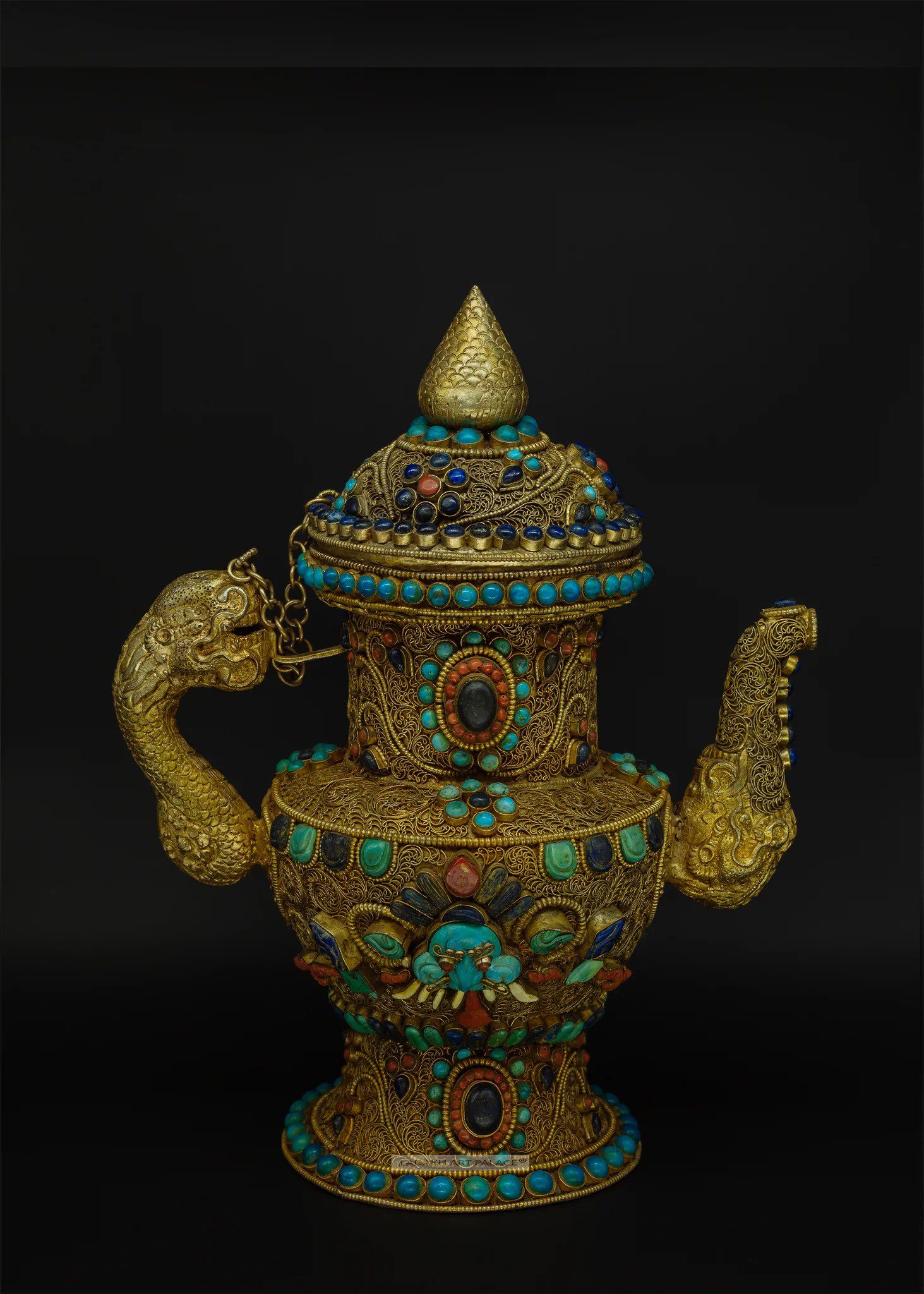
| Trekking Route | Villages Covered | Craft Focus |
|---|---|---|
| Leh to Chilling | Leh, Chilling | Textiles, Metalwork |
| Changthang Nomadic Route | Changthang | Pashmina Weaving |
| Leh to Kargil | Leh, Kargil | Textiles, Wood Carving |
Experiencing Ladakh’s Craft Heritage Firsthand
Hands-On Craft Experiences with Local Artisans
A unique feature of cultural treks in Ladakh is the chance to participate in hands-on workshops with local artisans. Visitors can learn the basics of Ladakhi weaving, metalwork, and even pottery. These artisan-led workshops provide insights into the techniques and precision required to craft Ladakhi masterpieces. Engaging in these workshops allows travelers to take home more than just souvenirs; they leave with memories of their cultural immersion.
“The weaving workshop was incredible! It was challenging but so rewarding to try my hand at the intricate techniques. The weaver was patient and kind.” – Liam Patel, Architect, United Kingdom
How Cultural Treks Enrich Ladakh’s Artisan Community
Through responsible cultural tourism, trekkers contribute directly to Ladakh’s artisan communities. This creates opportunities for artisans to continue their craft and enhances cultural exchange. Travelers often leave Ladakh with newfound respect and admiration for the craftsmanship that defines the region.
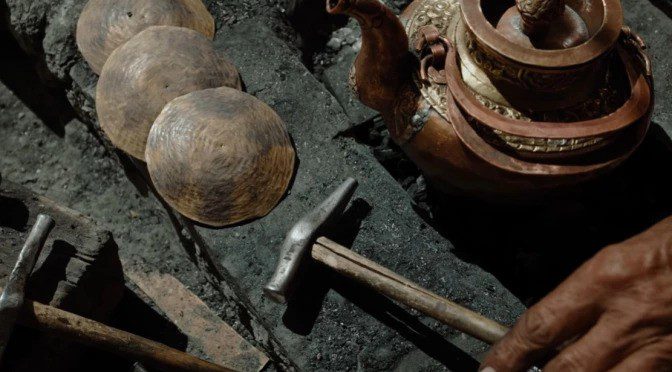
“Knowing that my visit was helping support these artisans gave my trip a greater purpose. Ladakh’s people and their crafts are treasures worth preserving.” – Maria Garza, Photographer, Mexico
Preserving Ladakh’s Cultural Legacy Through Craft and Tourism
The Role of Art in Ladakh’s Buddhist Monasteries
Buddhist monasteries across Ladakh play a pivotal role in preserving traditional art and Buddhist-inspired crafts. Monks often create thangka paintings and intricate sculptures, which reflect Buddhist values and Ladakhi heritage. These art forms are central to Ladakh’s identity, and their beauty inspires both locals and visitors alike.
Future of Traditional Craftsmanship in Ladakh
As modernization encroaches, the future of traditional Ladakhi craftsmanship depends on the support of both locals and tourists. Many organizations are working to sustain craftsmanship in Ladakh by encouraging responsible tourism and implementing programs that train younger generations in these ancient skills.
“The local craftspeople are resilient and dedicated. Seeing young apprentices learning from elder artisans made me optimistic for the future of Ladakh’s craft legacy.” – Ethan Lee, Historian, USA
Planning Your Cultural Trek to Ladakh’s Artisan Villages
When and How to Visit Ladakh’s Craft Villages
For those planning a cultural trek to Ladakh, the best time to visit is from May to September when the weather is favorable for high-altitude trekking. Several trekking operators offer guided tours that focus on Ladakh’s artisan villages. These tours typically include visits to Leh, Chilling, and Changthang, and provide opportunities to engage with local communities.
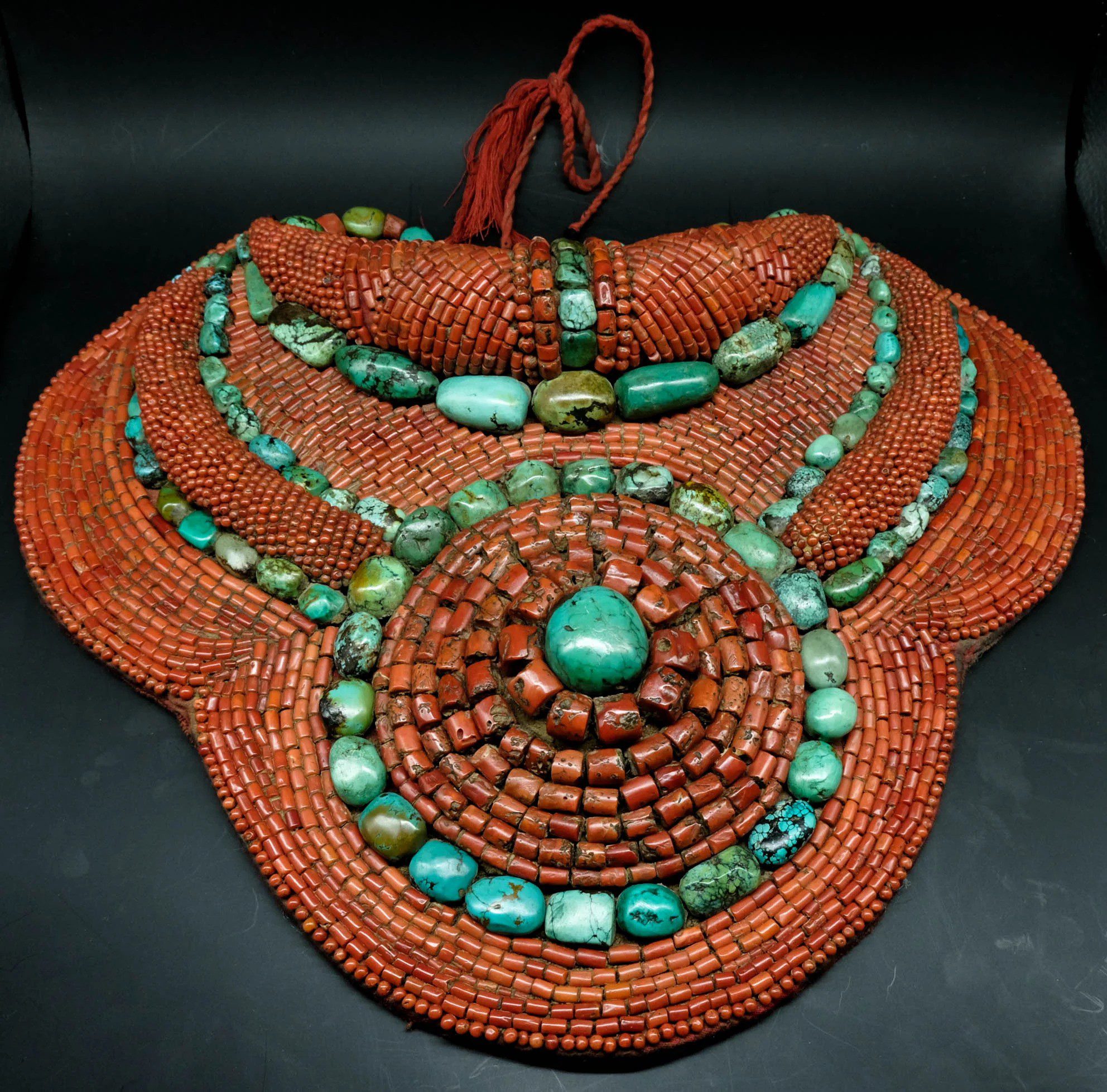
Tips for Responsible Travel and Supporting Local Artisans
- Buy Directly from artisans to support their craft.
- Respect Cultural Practices by understanding local customs and traditions.
- Choose Eco-Friendly Options for transportation and accommodation.
- Limit Plastic Use and dispose of waste responsibly to protect Ladakh’s natural beauty.
Conclusion: Why Ladakh’s Artisan Villages Are Worth the Trek
A cultural trek to Ladakh’s artisan villages offers more than just scenic views—it’s a transformative journey into the heart of Ladakh’s heritage. Each craft, from pashmina weaving to pottery, tells the story of resilience and dedication of Ladakh’s people. By embarking on this trek, travelers contribute to the preservation of Ladakh’s rich artisan legacy and return home with a deeper connection to one of the most culturally vibrant regions in the world.

“My trek through Ladakh’s villages was unforgettable. The artisans are inspiring, and their crafts have such soul. I came home with pieces that remind me of the kindness and creativity of Ladakh’s people.” – Sophie Hall, Journalist, New Zealand
FAQs about High-Altitude Artisans and Cultural Treks in Ladakh
Q: What are the main crafts of Ladakh’s remote villages?
A: Ladakh’s remote villages are known for unique crafts such as pashmina weaving, Buddhist-inspired art, and intricate wood carving.
Q: How do cultural treks benefit Ladakh’s artisan communities?
A: These treks provide sustainable income for local artisans, helping them preserve traditional crafts while supporting the local economy.
Q: Which are the best villages to visit for Ladakhi crafts?
A: Leh, Chilling, Changthang, and Kargil are among the most popular villages known for their unique crafts and artisan communities.
Q: Can tourists participate in crafting activities with local artisans?
A: Yes, many villages offer hands-on workshops where tourists can learn traditional Ladakhi crafts directly from artisans.
Q: What is unique about the Changpa tribe’s craftsmanship?
A: The Changpa tribe is renowned for its high-quality pashmina weaving, using wool from goats reared in Ladakh’s high-altitude Changthang region.
Q: What is responsible travel in Ladakh’s craft villages?
A: Responsible travel involves respecting local culture, purchasing directly from artisans, and choosing eco-friendly options to preserve Ladakh’s environment.








